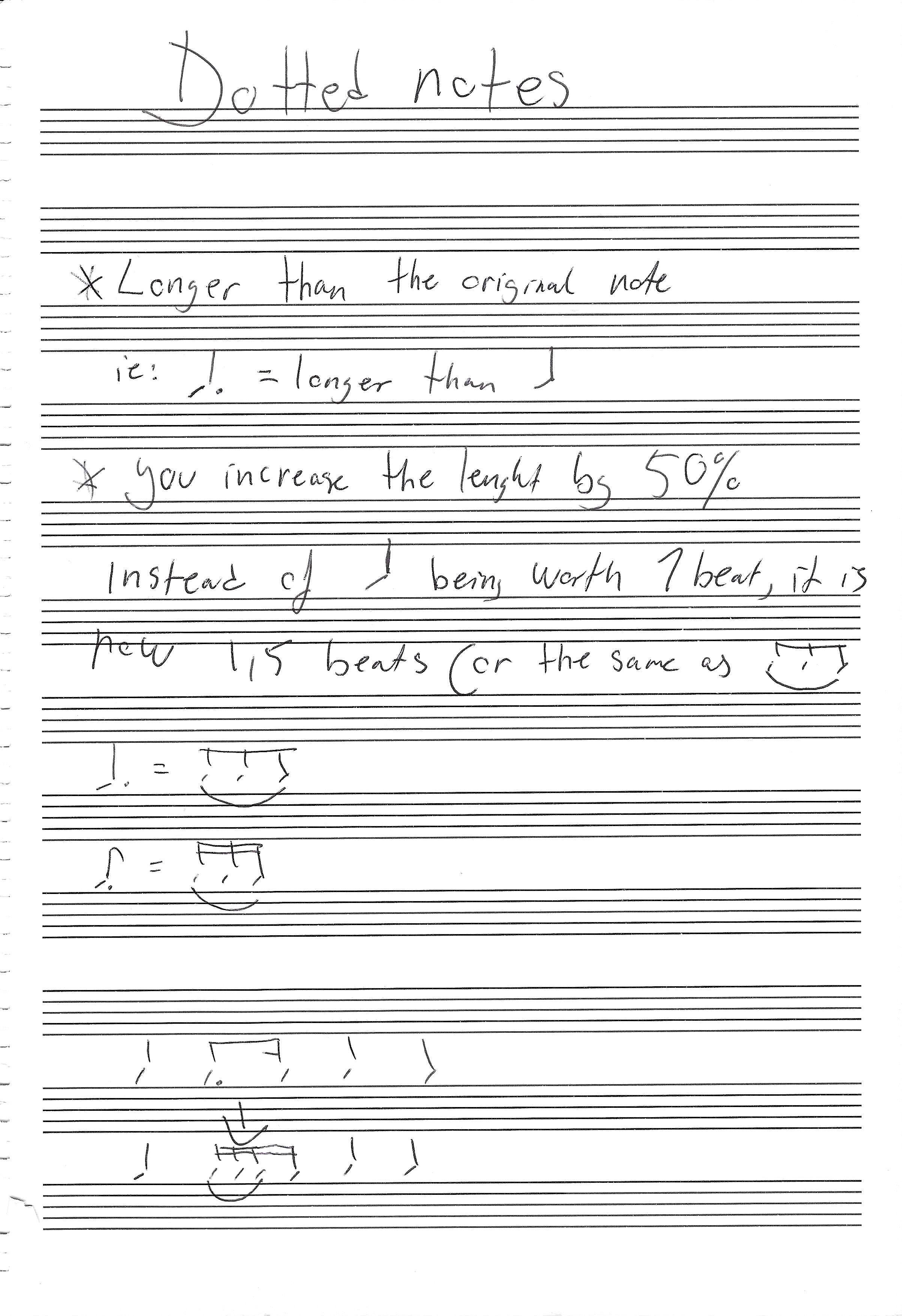Introduction
Drum rolls
Drum rolls can be used when constructing both drum fills and solos. There are over 40 drum rudiments (or drum rolls), I recommend focusing primarily on these three:
Single Roll - R L R L ….
Double Roll - R R L L …
Paradiddle - R L R R
L R L L …
There’s two ways I like to practise drum rolls.
1) From Slow to Fast to Slow - focus on getting an even increase in tempo, hold it at the fastest point for a couple of seconds, then gradually slow down.
2) With a Metronome (for more info on how to use a metronome - click here)
Drum grooves
I recommend learning the 4 beat groove first then expand to the 8 and 16 beat groove.
Musical notation
When learning musical notes it’s helpful to think of it as having two distinct functions
1) Pitch - where/which drum or cymbal it is played on (looking vertically at the sheet)
2) Duration (rhythm) - the speed of which it is played (looking horizontally)
My Name Is (Eminem) - example of drum notation
See examples of pitch below: In the first bar, the hihat, snare drum and bass drum are being used.
Duration (rhythm)
Looking horizontally on the sheet you can see the rhythm of which it is played.
Please keep in mind the UK uses a slightly different system of naming the notes
Whole = Semi Breve
Half = Minim
Quarter = Crotchet
Eight = Quaver
Sixteen = Semi Quaver
At a later stage we will also introduce dotted notes.
The song starts off with hihat + bass drum on beat 1, snare drum + hihat on beat 2 and so on… (4 beat).


